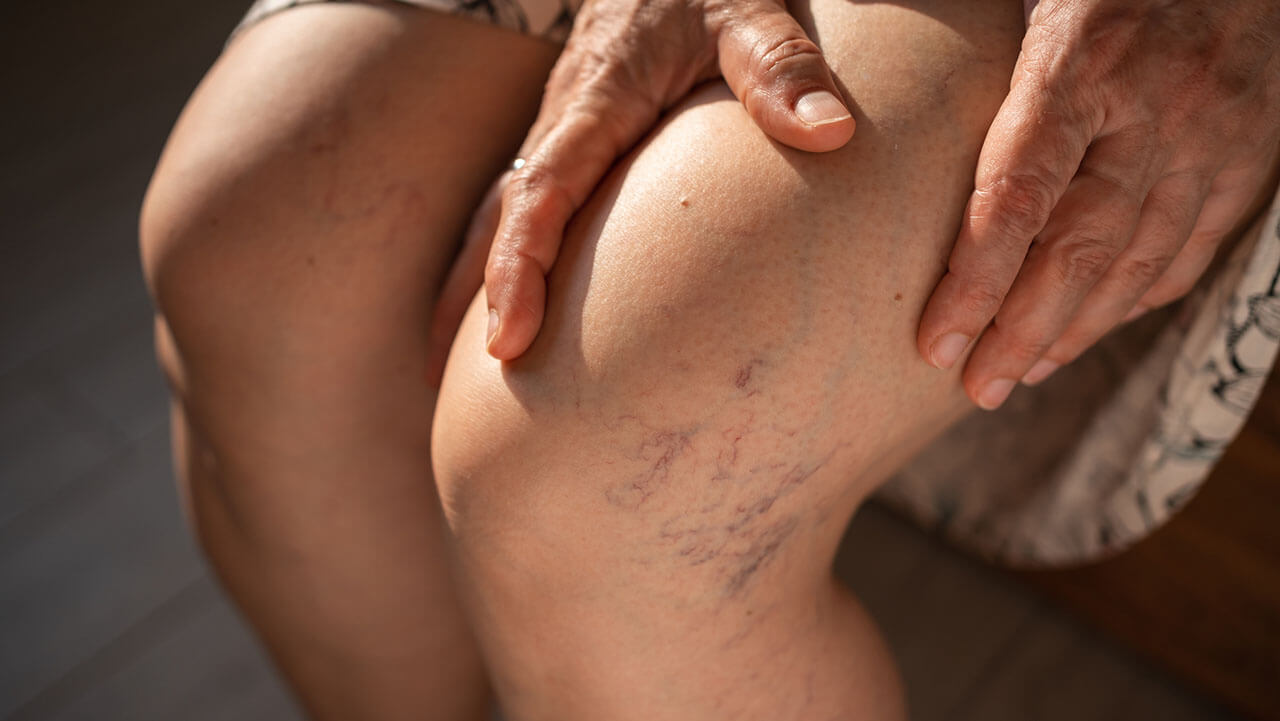

Peripheral Vascular Disease (PVD) is a circulation disorder that affects blood vessels (arteries and veins) outside the heart and brain. Peripheral Artery Disease (PAD) is a type of PVD that develops when the arteries that supply blood to the internal organs, arms, and legs become completely or partially blocked as a result of plaque buildup (atherosclerosis). This causes a decrease in blood flow that can injure nerves and other tissues.
Risk Factors
There are many uncontrollable risk factors associated with the development of PVD and PAD. People who are over 50 years of age, male or African Americans have an increased risk. Other controllable risk factors include tobacco usage, abnormal cholesterol, diabetes, high blood pressure, weight, and sedentary lifestyle.Symptoms
The symptoms of PAD depend on what artery is affected and how severely the blood flow is impacted. You may experience severe symptoms that limit your physical activity, or they may be only slightly bothersome. Symptoms generally occur in the legs and can include:- Pain that occurs with exercise and is relieved with rest
- Muscle pain in the thighs, calves or feet
- Cold legs or feet
- Numbness of the legs or feet at rest
- Infections or sores that won’t heal
- Change of skin color
- Loss of hair


